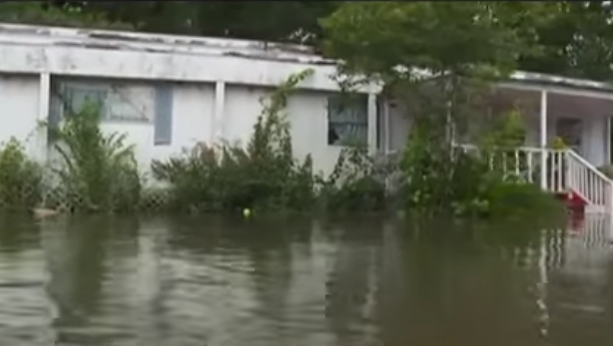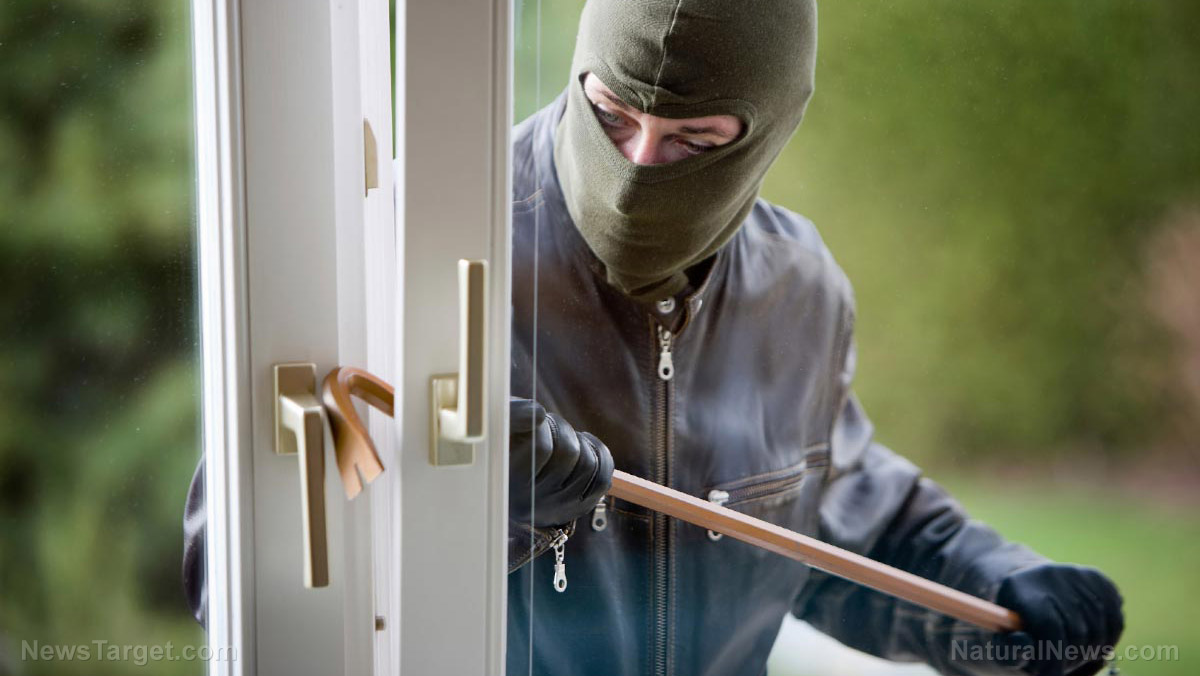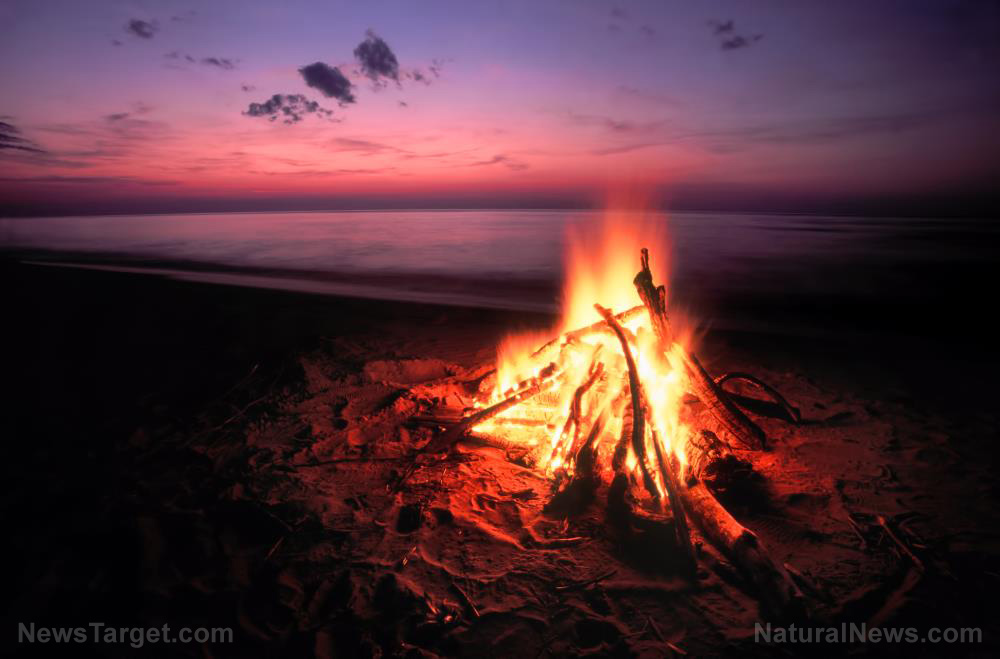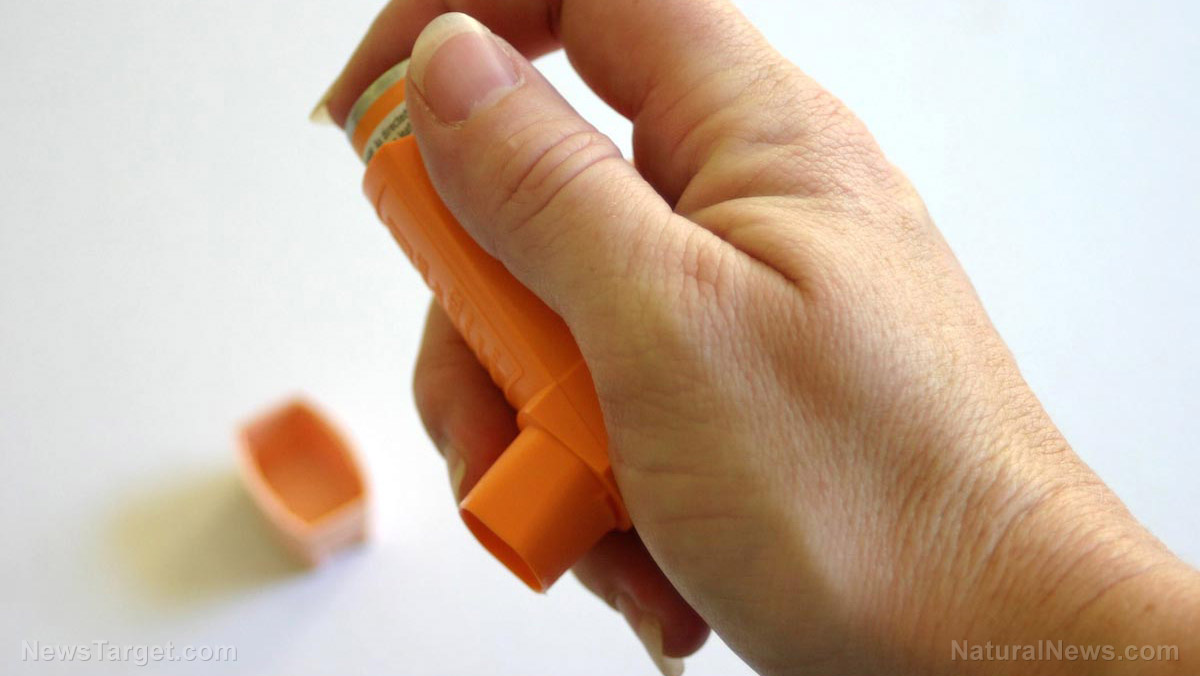Massive power outages rock Louisiana, will take 30 days to restore… are you prepared for a grid down scenario?
09/04/2021 / By Ethan Huff

As of this writing, nearly one million energy customers in Louisiana are still without power due to Hurricane Ida, and officials are warning that it could take up to a month to get things fully restored.
In the meantime, most of New Orleans is blacked out, as are other nearby communities that were slammed by one of the worst hurricanes to hit the area since Katrina back in 2005.
New Orleans Mayor LaToya Cantrell and Police Superintendent Shaun Ferguson held a joint press conference following the storm to impose a citywide curfew aimed at deterring mass looting. An anti-looting task force is also being deployed alongside the National Guard to help protect local businesses.
On social media, area residents uploaded footage showing some businesses being looted in the aftermath of the storm. Several looters were caught and arrested, but others got away with stolen goods.
While tens of thousands of New Orleans residents fled the city prior to Ida’s arrival, many others stayed in place hoping to just ride it out. This turned out to be a really bad call as the storm turned out to be much worse than many expected.
Several transmission lines reportedly fell into the Mississippi River and nearby lakes, and electric crews are now trying to replace them. The situation is difficult, though, as many areas are still underwater and impossible to access by vehicle.
Are you prepared should the grid go down in your area?
With temperatures in the upper double and even triple digits, many Louisianans are now baking inside their homes during the heat of the day. A heat advisory was issued for much of the deep south due to lingering high temperatures following the storm.
All this next week, by the way, Mike Adams, the Health Ranger will be hosting a “Resilient Prepping” series to teach people how to prepare for a grid-down situation like this in their own area. Check out Brighteon.tv to view the lineup schedule.
What Louisianans face at the state level right now could soon be what Americans face on a national scale. Are you prepared? Do you have water and storable food on hand? What about a backup generator? The Health Ranger will help you navigate all that so you will not get caught off guard in a worst-case scenario.
“The damage from Hurricane Ida has eliminated much of the redundancy built into the transmission system, which makes it difficult to move power around the region to customers,” reported Entergy, which provides power to millions of customers in Louisiana, about its system.
Gov. John Bel Edwards told residents the other day that there is no estimated date yet for when all power to the affected areas will be restored. This means that anyone who did not plan for an extended outage will have to rely on neighbors or the local government for help, assuming help can be found.
The devastation left behind in the wake of Hurricane Ida should be a wake-up call for all Americans, and really all people everywhere. Preparedness is critical to survival, so consider all the things you might need should the power go out and do what you can to keep those things readily accessible.
“Installing solar plus battery backup saves you money and gives you electricity when the grid goes down,” wrote one commenter at Zero Hedge about one option, though this would not work in the event of a hurricane.
“Get a natural gas / propane powered generator,” wrote another as additional option.
To learn more about how to prepare for the worst so you suffer the least, check out Survival.news.
Sources for this article include:
Tagged Under: Brighteon.tv, Collapse, electricity, grid, grid down, Hurricane IDA, Louisiana, natural disaster, power grid, preparedness, survival, water
RECENT NEWS & ARTICLES
COPYRIGHT © 2017 OFFGRID NEWS




















